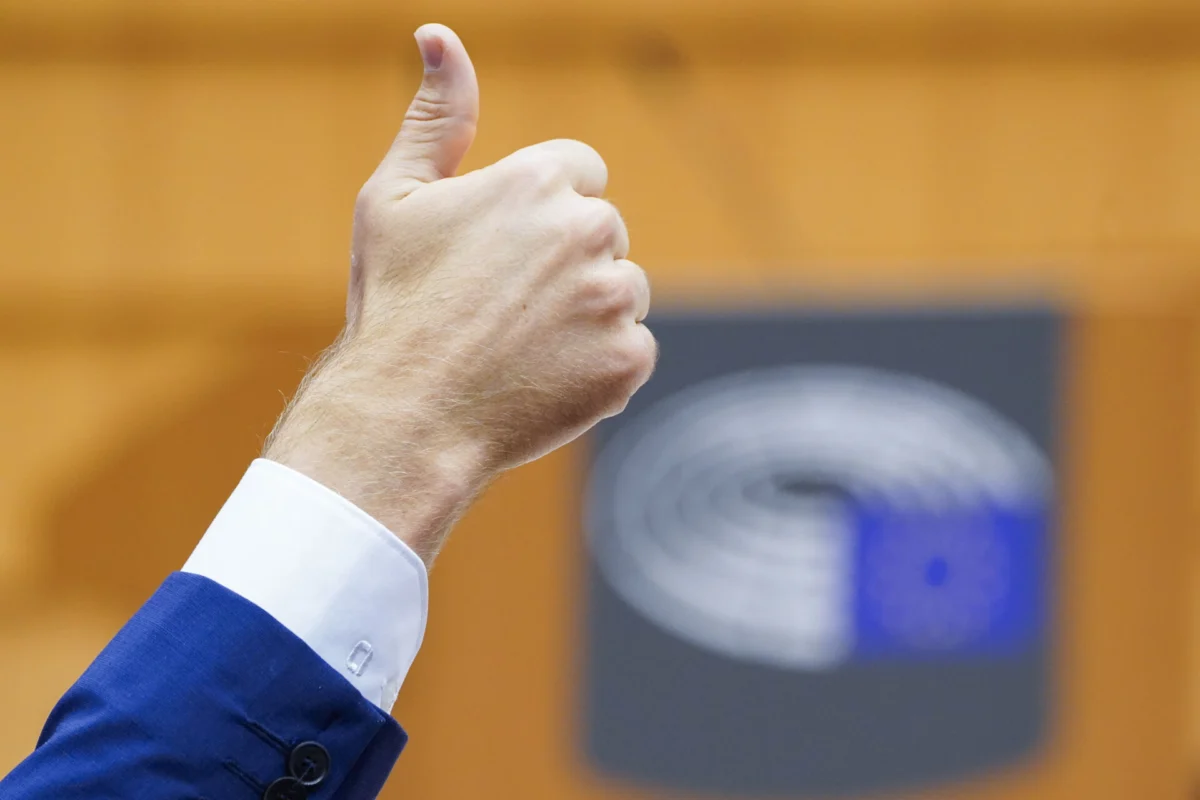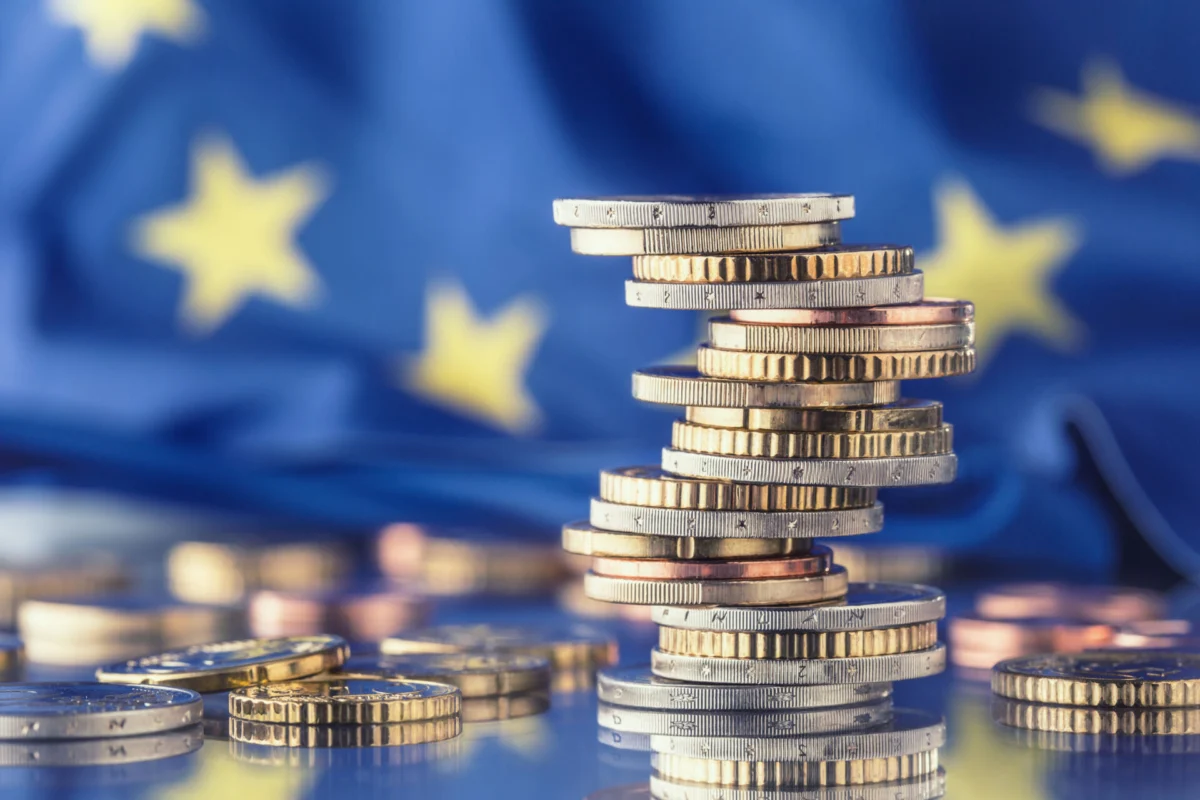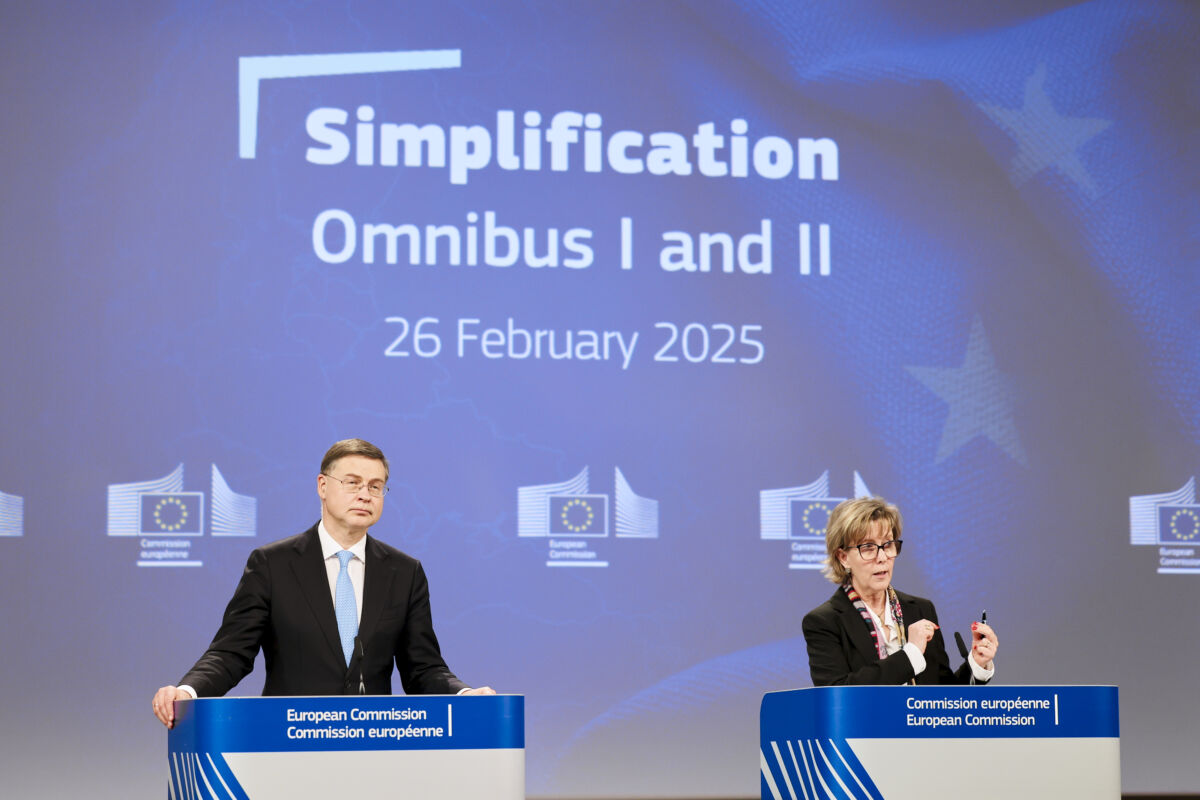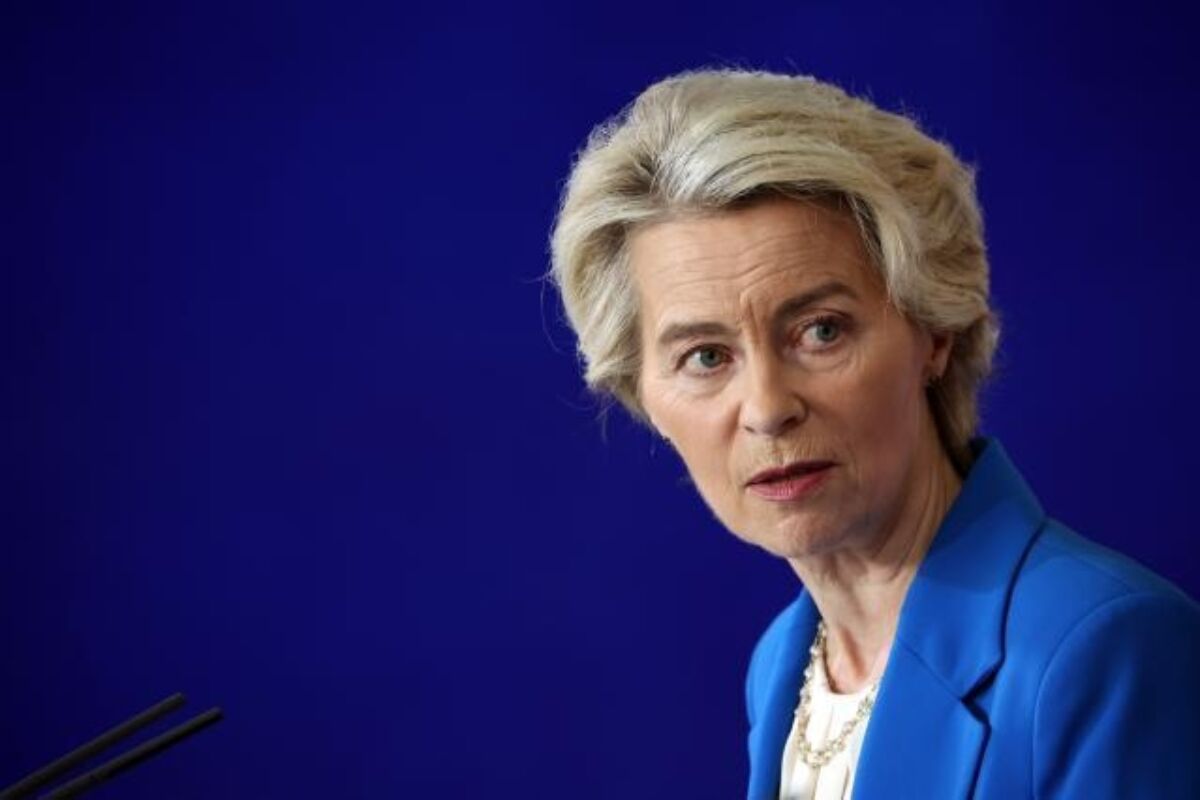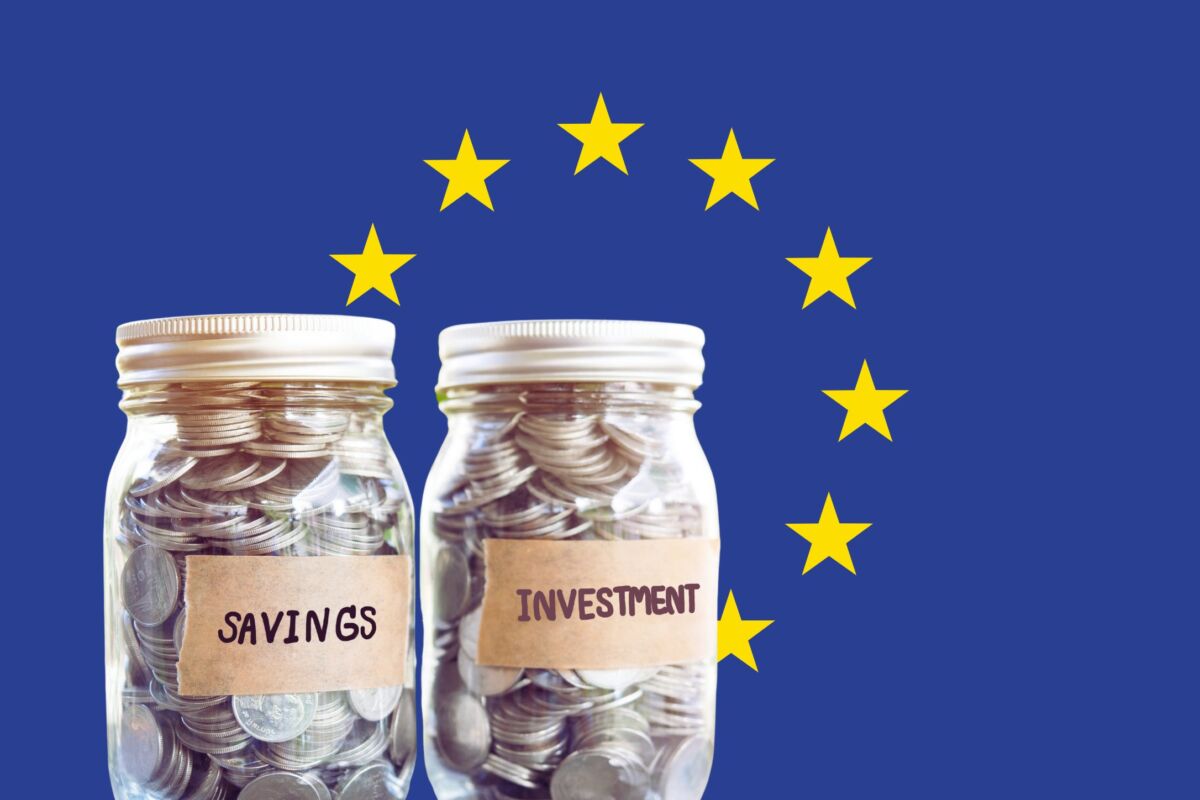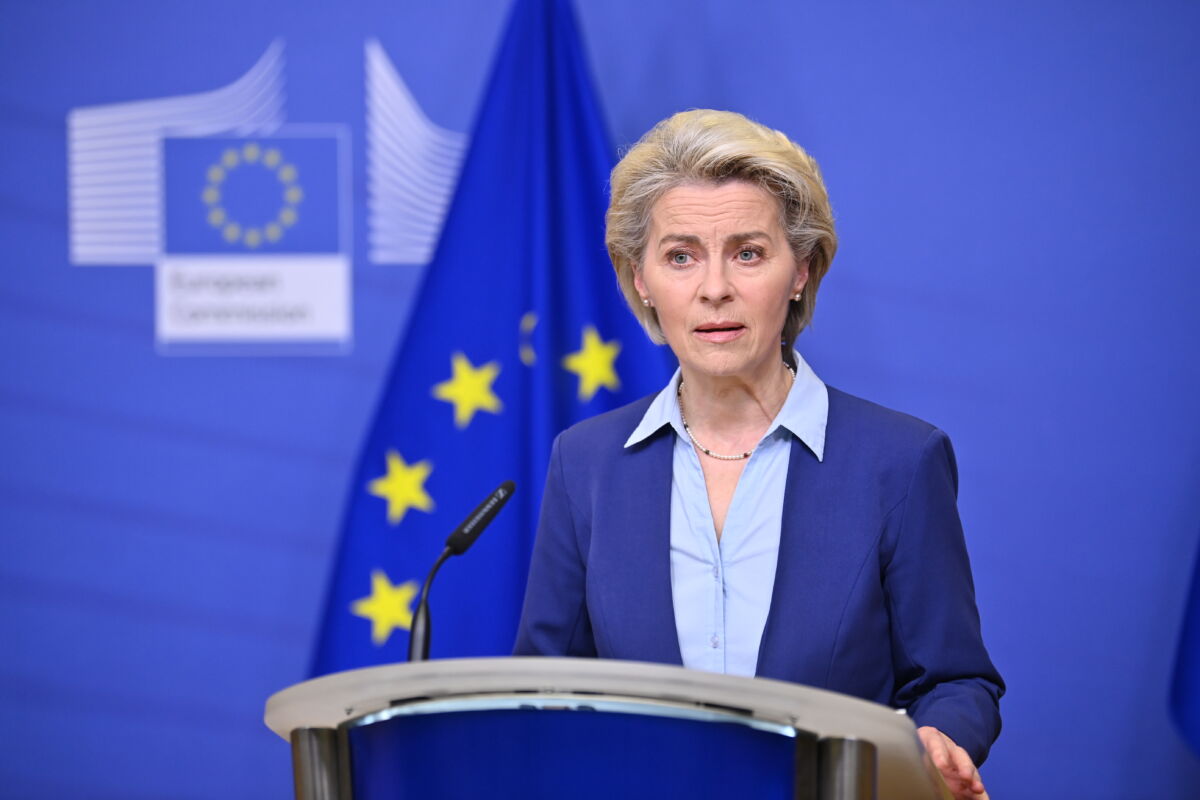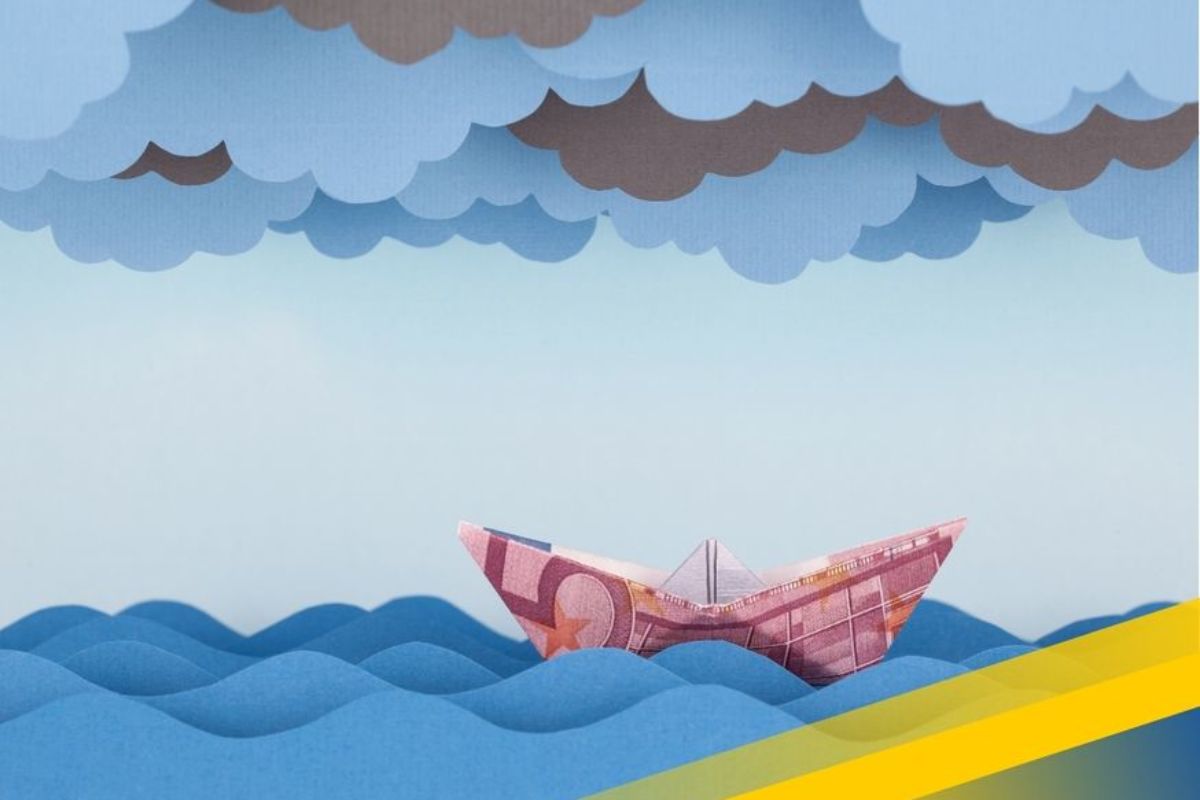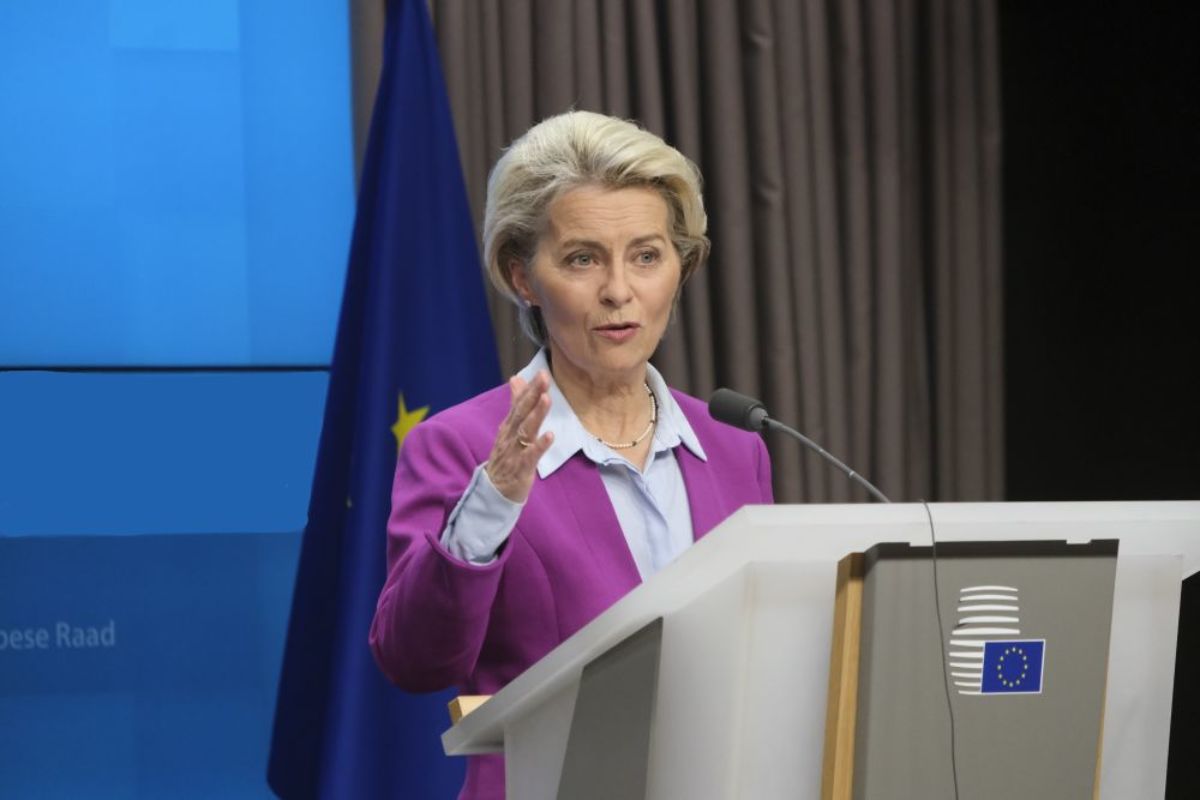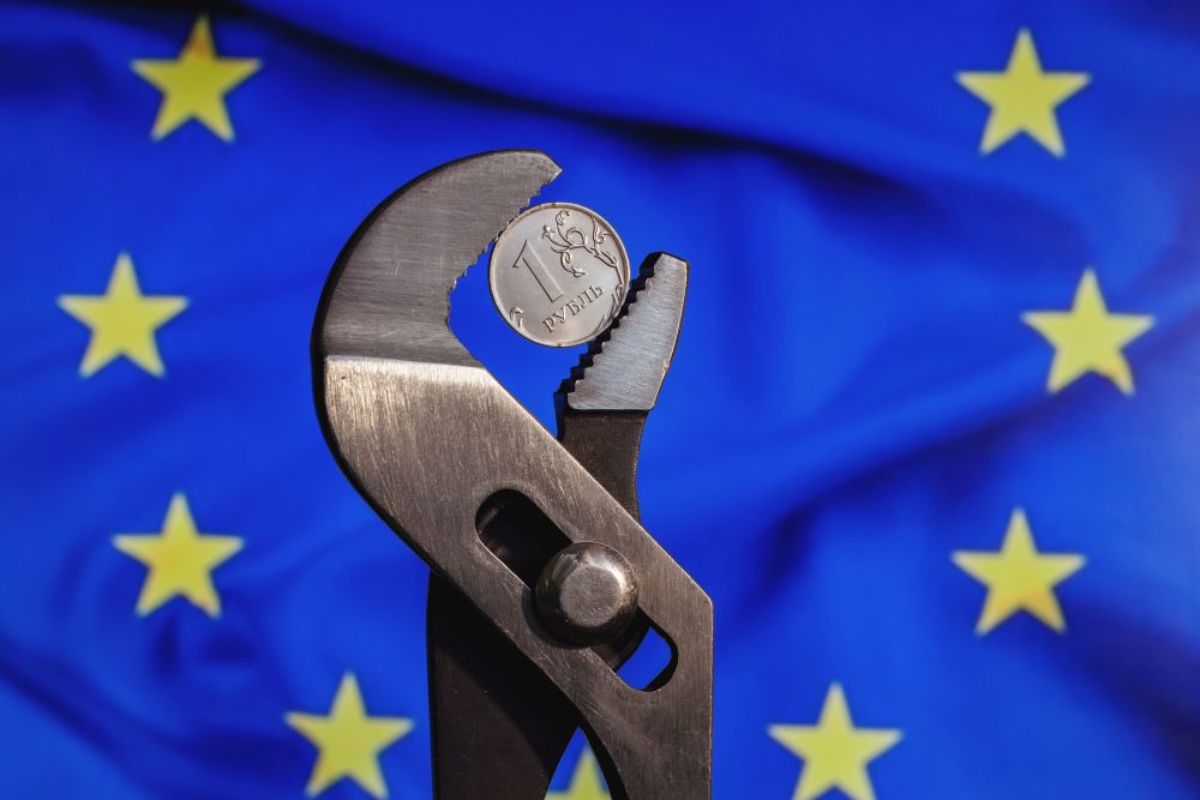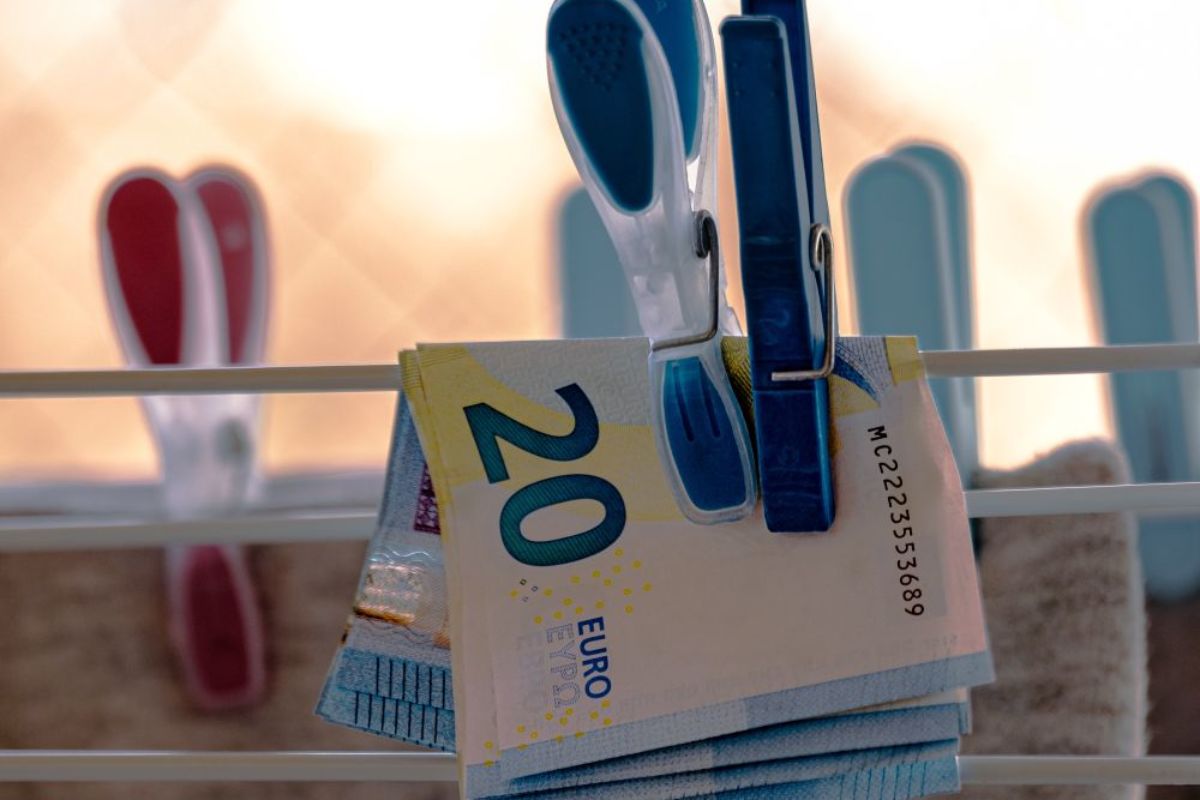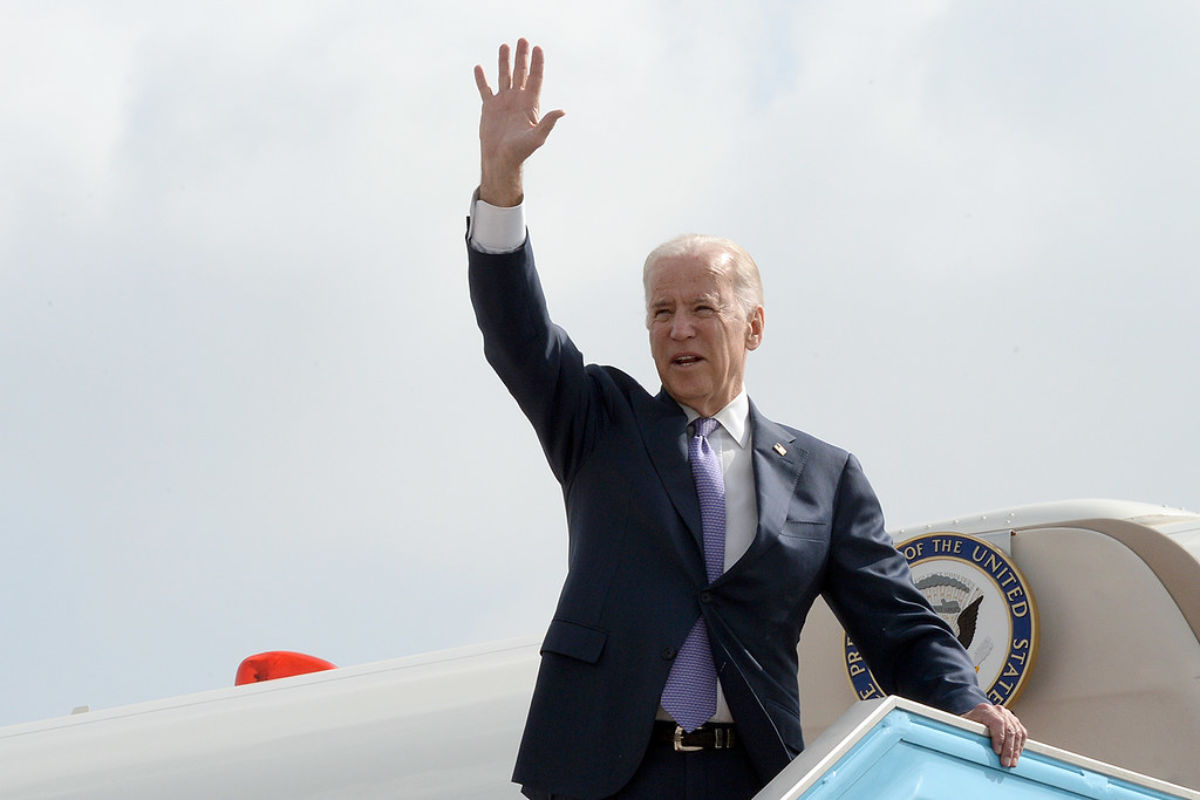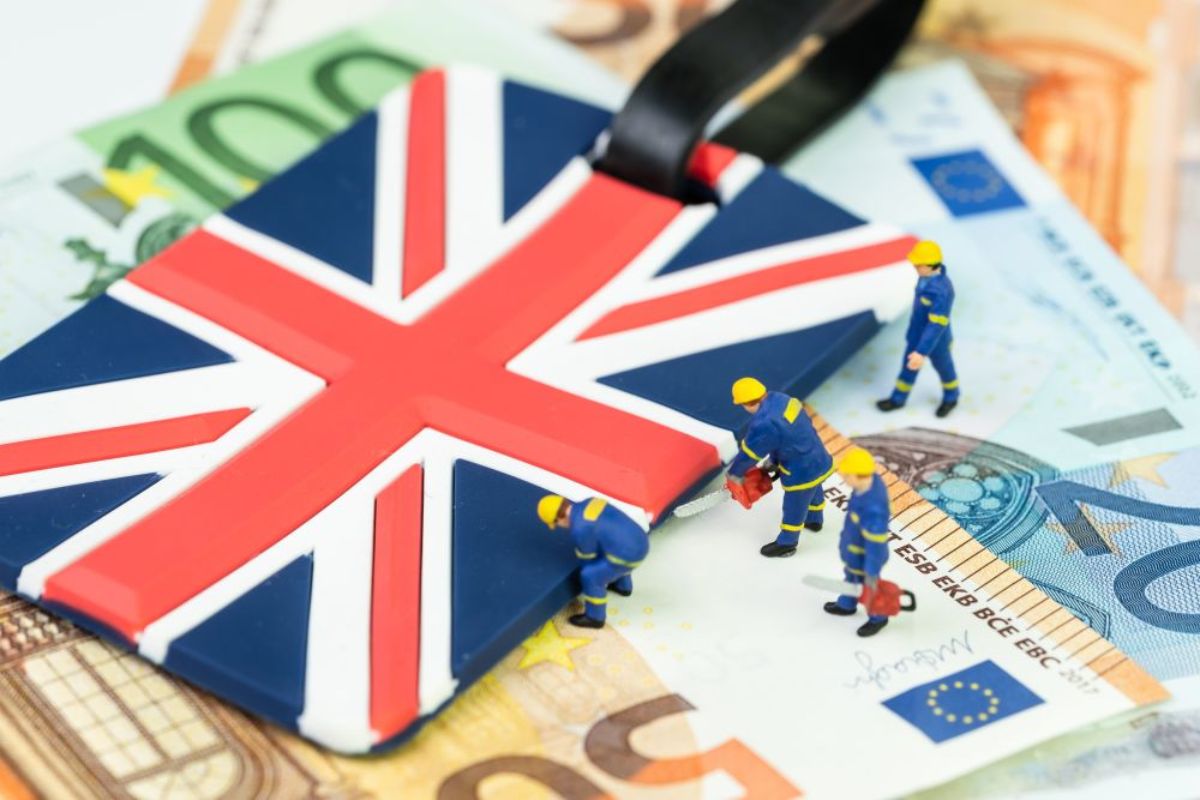A turbulent but critical year for the future of the EU, with important advances on many fronts, stronger internal cohesion, led by a determined European Commission (President) and the start of a grand recovery plan, but increasing uncertainty about Europe’s security in view of growing threats on the external front, and the foundering of the EU-China relations. We also saw the ‘Triangle’ of the largest EU countries emerge as a new bloc to lead the way in European policymaking, with a strong focus on federalism and European sovereignty.
A pandemic response unnleashed
The EU’s coordinated pandemic response worked, with the joint purchase and roll out of vaccines, although it was seen as an almost failure at the start. This remains a crucial change in EU policymaking, as healthcare is and always has been a national competence. The pandemic response has already led to the expansion of the mandates of the European Medicines Agency (EMA) and the European Centre for Disease Prevention & Control (ECDC) and has resulted in a proposal for the creation of a new ‘health emergency authority’. The joint pandemic response has now also inspired action over another traditionally national competence, the energy supply, in a proposal to coordinate purchases at EU level due to staggeringly high energy prices.
Additionally, the pandemic has indicated the urgency of scaling up biomedical research, one of the few sectors where Europe has a global lead. Such critical research, as in other high-tech domains, needs to be much more coordinated, as today it is spread over a wide variety of entities at local, regional, national and European level.
The start of the Next Generation EU (NGEU) programme is another win, as it gives the Commission much more clout vis à vis the Member States, and through joint borrowing, it becomes a ‘sovereign’ in its own right on the international capital markets. NGEU is a massive opportunity for some Member States to raise their public investment levels for the digital and green transitions.
But the challenge is huge for the Commission to ensure that the money is spent well in additional investments (rather than used to consolidate fiscal positions), is coordinated across the entire EU and is effectively channelled to where it is in line with EU objectives. Moreover, rule of law concerns will need to be addressed effectively, rather than only with words and empty gestures.
The joint response has given a positive boost to markets and made the global economic pendulum swing towards Europe. As seen from manufacturers and sentiment indexes, the prospects for 2022 look even better than they were before Covid-19. Employment withstood the economic shock of the pandemic unexpectedly well, with several markets currently experiencing labour shortages. In short, the EU learned its lesson from its inadequate response to the financial crisis.
2021 was also the year of an impressive legislative rollout by the Commission, covering all aspects of the Green Deal and the digital economy, amongst others. The former contains 90 proposals (22 for 2021), the latter 73 (11 for 2021), with the Commission being just over halfway through, an enormous workload for the European institutions and big regulatory chunks to be digested by the Member States. Regulatory action on big tech has seen stringent support from Member States and consumers, who have become very concerned about intrusion into their private lives.
It’s a dangerous world out there
The EU’s position in the world has been more difficult to defend. The international context has deteriorated markedly over 2021, the biggest shift being in EU-China relations. A Comprehensive Agreement on Investment, concluded ‘in principle’ on 30 December 2020 no longer seems palatable for European public opinion and the Union’s political establishment after Beijing was seen to overreact by imposing sanctions on MEPs, think tanks and academics in response to EU restrictive measures against two individuals and one entity deemed responsible for mass human rights violations in Xinjiang. The big question is what happens now, given the deep commercial relations between the two powers.
The pressure to harden relations with China comes from the US, which recently decided to diplomatically boycott the 2022 Beijing Winter Olympic Games and has asked European partners to follow suit. But at the same time, the US is doing everything it can to keep the Chinese market open for US businesses, whereas European businesses could pay the price for the EU’s hardening stance.
The transatlantic honeymoon with President Biden ended in mid-August, when Europeans realised they were left badly uninformed about the withdrawal from Afghanistan, with all the chaos and human suffering that ensued. But even before that, President Biden’s main interest in Europe was in strengthening NATO, whereas his EU approach was reminiscent of the old European Economic Community (EEC). This has renewed questions about the operationalisation of the EU’s defence capacities, including those developed in the context of PESCO and the EDF. Add to this the hyperactivity of the Biden administration to attract defence contracts, as was clear from the Aukus pact and the sale of F-35 fighter jets to Europe, as recently concluded with Finland and Switzerland, and with other European countries prior.
This leaves Europe to take its own line on Russia and the ongoing tensions over Ukraine. Ukraine was already a big bone of contention between both US political parties under the previous administration, as well documented in Timothy Snyder’s book, The Road to Unfreedom, and led to the downfall of the former US Ambassador to the EU. Will Europe manage to stand clear from the bellicose lines drawn by the US over the issue and find a balanced approach that takes its own interests into account?
Hence, a critical year that demonstrates real and tangible progress on the EU’s internal front but leaves huge questions for the year ahead (and beyond) on the external front. For the Commission to become a truly geopolitical actor, a lot remains to be done.



